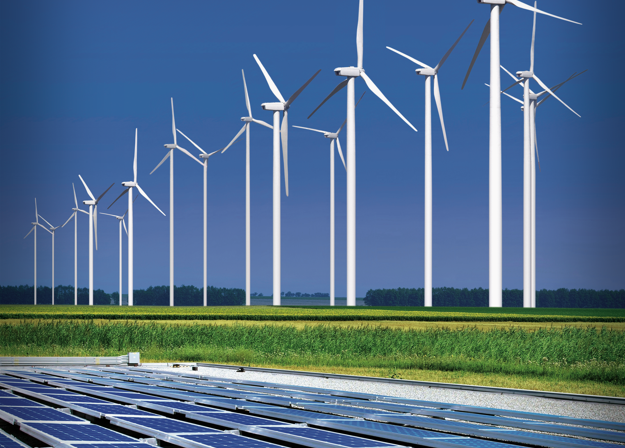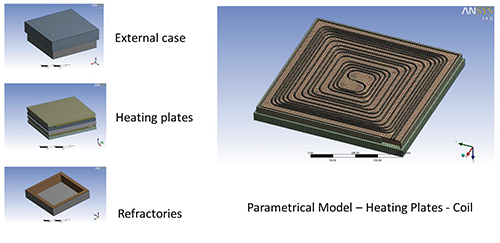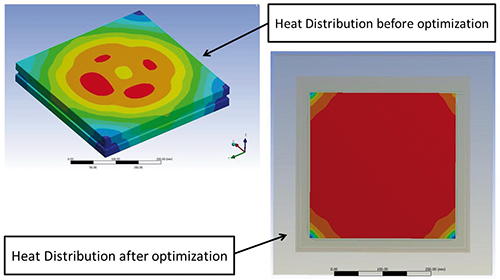A brighter future for TRE solar technology


- Company: Tozzi Renewable Energy
- ESTECO Software Solution: modeFRONTIER
-
Benefits:Achieve optimal thermal distributionSeek and find the best combination of input parametersSave time and money improving the quality of the heating plate
Optimized heating plate dramatically improved long-term DSSC performance
TRE (Tozzi Renewable Energy), a producer of renewable energy, was looking to improve the long-term stability of its photovoltaic Dye-Sensitized Solar Cells (DSSC) - widely considered the next generation solar cells - under development by TRE start-up company Daunia Solar Cell. Compared to the current generation, DSSCs are cheaper to produce, work well in low-light conditions and are suitable for most engineering applications. They are particularly well suited to architectural applications where aesthetics are important, offering design choices that were previously unavailable (i.e. color and transparency). However, the issue of unconfirmed long-term DSSC stability was standing in the way of satisfying stringent manufacturing certification standards.
"With modeFRONTIER we can use the “artificial intelligence” of the optimization method to automatically seek and find the best combination of parameters."
Challenge
In terms of commercialization, stable performance over time is crucial. With long-term stability dependent on the quality of the sealing process and the quality of the sealing process dependant on uniform heat distribution over the heating plate surface, one of the main objectives was to improve thermal uniformity. Using modeFRONTIER optimization software, TRE was able to change the heating plate design and achieved optimal thermal distribution, guaranteeing an effective sealing process.

Solution
The solution involved a two step process. In the first step, ANSYS Workbench was used to create a CAD (Computer Aided Design) model representing the initial heating plate configuration based on experimental data. This data was the basis for an FE (Finite Elements) model, required for performing transient thermal analysis. This served to find the materials that would perform best in the optimization run and reach the optimization objective. This procedure was necessary to establish the right setup and validate the computation procedure based on the real reference model.
The second step involved deploying the modeFRONTIER optimization platform to modify geometric parameters, increase the thickness of the insulating refractory and the dimensions of the heating coils. modeFRONTIER simulations generated over 250 candidate designs before pinpointing the best design and the optimal time required for the heating process to achieve proper sealing
Benefits
modeFRONTIER thoroughly explored the design space before converging to the optimal heating plate configuration which now distributes heat evenly across the entire surface, directly impacting sealing process quality and ultimately improving long-term DSSC stability. Furthermore, by automating the entire design optimization process with modeFRONTIER, TRE successfully managed to improve the quality of the heating plate, saving both time and money. As Alessio Antonini, Technology Manager of Daunia Solar Cell says, “Thanks to modeFRONTIER, the operator no longer needs to take a trial and error approach to simulations, but rather can use the “artificial intelligence” of the optimization method to automatically seek and find the best combination of input parameters”.

Heat distribution before and after optimization.

TRE (Tozzi Renewable Energy), owned by the Tozzi Holding Group, is a producer of renewable energy specializing in wind energy, biomass and mini hydro-electric and photovoltaic systems. TRE sells over 400MW of electricity generated by its renewable energy plants and has new plants under construction for an additional 100MW. TRE is currently overseeing numerous R&D projects, one of which is the third generation Photovoltaic DSSC project under development by TRE start-up company Daunia Solar Cell. www.tre-energia.com


